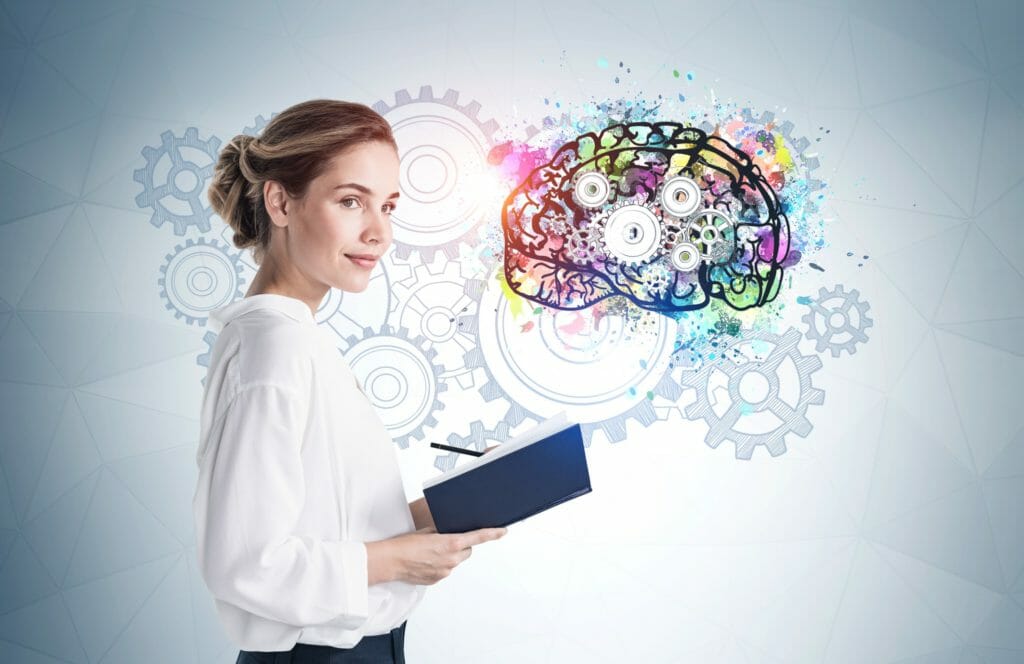Neurofeedback devices are modern solutions for people seeking to optimize their mental performance, focus, and cognitive power. These brain training tools offer real-time intuition into your brain activities. They monitor brainwave configurations, generating instant feedback to help people train their minds for improved self-regulation. You can leverage these tools to moderate stress, increase attention spans, and boost sleep quality.
Many people use Neurofeedback devices to control the state of their brains through interactive training programs and guided exercises.
Have you tried brain training tools and haven’t achieved noticeable results?
These are five ways to make Neurofeedback devices work for you.
1. Choose the Most Suitable Brain Training Tool

The success of your brain training program depends on the Neurofeedback device. Therefore, you should analyze your reasons for training the brain. Knowing why and how to train can help determine the features and programs to seek in a neurofeedback device. It becomes easier for users to compare the best brain training devices to find reliable options for specific needs. If you ask Nick, a human performance coach, he often blends personal experimentation with scientific rigor to guide clients toward making informed decisions.
Having said that, people training their brains to address mental issues and enhance clarity should consider options like near-infrared spectroscopy. The tool measures blood flow to your prefrontal cortex and maximizes mental clarity.
Are you seeking a brain training solution to sharpen your focus and improve emotional control and resilience? Consider the Sens.ai Neurofeedback device, for it blends red light therapy and heart rate variability for exceptional brain training outcomes.
Users wanting a mobile and versatile tool to train their brains should consider the Muse 2 EEG headband. Wear it during meditation and other mind-training exercises to boost cognitive awareness and concentration.
Muse S is an ideal tool for users addressing sleep insomnia and other sleep-related problems. It provides guided meditation and biofeedback on your brain activity, body movements, and heart rate. Users wanting to address cognitive fatigue and depression through mind training should consider the Flow Neuroscience device.
2. Maintain a Consistent Training Routine
Brain training devices are effective and reliable, but only when used aptly. Gaining optimal cognitive benefits to rewire the brain for the highest performance and focus requires routine training. Experts have tested the power of training three to five times a week and recommend it as the most unwavering routine. Set aside five days a week to train your brain cells, organs, and vessels. Spacing out the session provides your brain ample time to process and fortify learned patterns.
Irregular training slows progress and influences success rates. Each session should last approximately 10 to 30 minutes. Beginners should do 15 minutes to ensure their brain adjusts with time. Experienced brain trainers can go up to 30 minutes to achieve deeper and penetrative cognitive engagement.
3. Monitor and Track Your Progress

Neurofeedback users can leverage the monitoring features and companion apps to train their progress. Built-in analytics and companion apps generate real-time feedback on your brain activity. They display metrics like session duration, brainwave patterns, focus levels, and relaxation scores. Advanced devices like Sens.ai, Mendi, and Muse store historical data. Users can compare their previous sessions to adjust training schedules and programs to match their expected outcomes.
App-based tracking helps you keep training journals, documenting subjective experiences, cognitive improvements, and mood changes. They record sleep quality, energy levels, and concentration ability. The invaluable data help reveal correlations between mental health and Neurofeedback brain training.
4. Personalize Your Neurofeedback Training Sessions
Everyone’s brain works differently, so the training effort differs. Personalize the training session to address underlying problems. Align the brain-training sessions with your cognitive goals and needs. Identify the specific reason for the training and choose a device with features to address those needs. Adjust the device’s adaptive training program to match your brainwave activity.
The most effective training sessions blend with the most efficient programs. Adding nutrition, meditation, and proper sleep to the training session can optimize the outcomes. Allow room for tweaking the routine based on real-time feedback and personal observations. A result-oriented brain training program usually guarantees better results. It helps the brain rewrite itself to promote neuroplasticity, enabling the brain to adapt to changing activities.
5. Create a Favorable Training Environment
Neurofeedback devices read the messages the brain presents during the session. Therefore, noise, interruptions, and bright light influence brainwave readings and accuracy. Training in a quiet and serene environment guarantees better engagement, enabling the brain to focus and relax for maximum cognitive value.
Ensure you create a calm and comfortable space away from external distractions. It can be a low-traffic space within or outside your house, free from conversations, television, and loud music. The space should have soft, natural, or dimmed artificial light. Comfortable chairs promote relaxation while triggering drowsiness. You can also wear noise-canceling headphones or white noise machines to block external and background disturbances.
Last Word
Are you training your brain to enhance focus and cognitive performance? Or do you want to reduce stress levels and boost your sleep quality? Neurofeedback brain training tools are the best solutions for the most incredible outcomes. However, choose the correct device for the job, ensuring you train frequently and in a quiet, calm environment.
You can personalize the sessions and track your programs, adjusting them to your liking. Also, you can integrate the training devices with a healthy lifestyle. Ensure you eat right, meditate, and exercise frequently.




